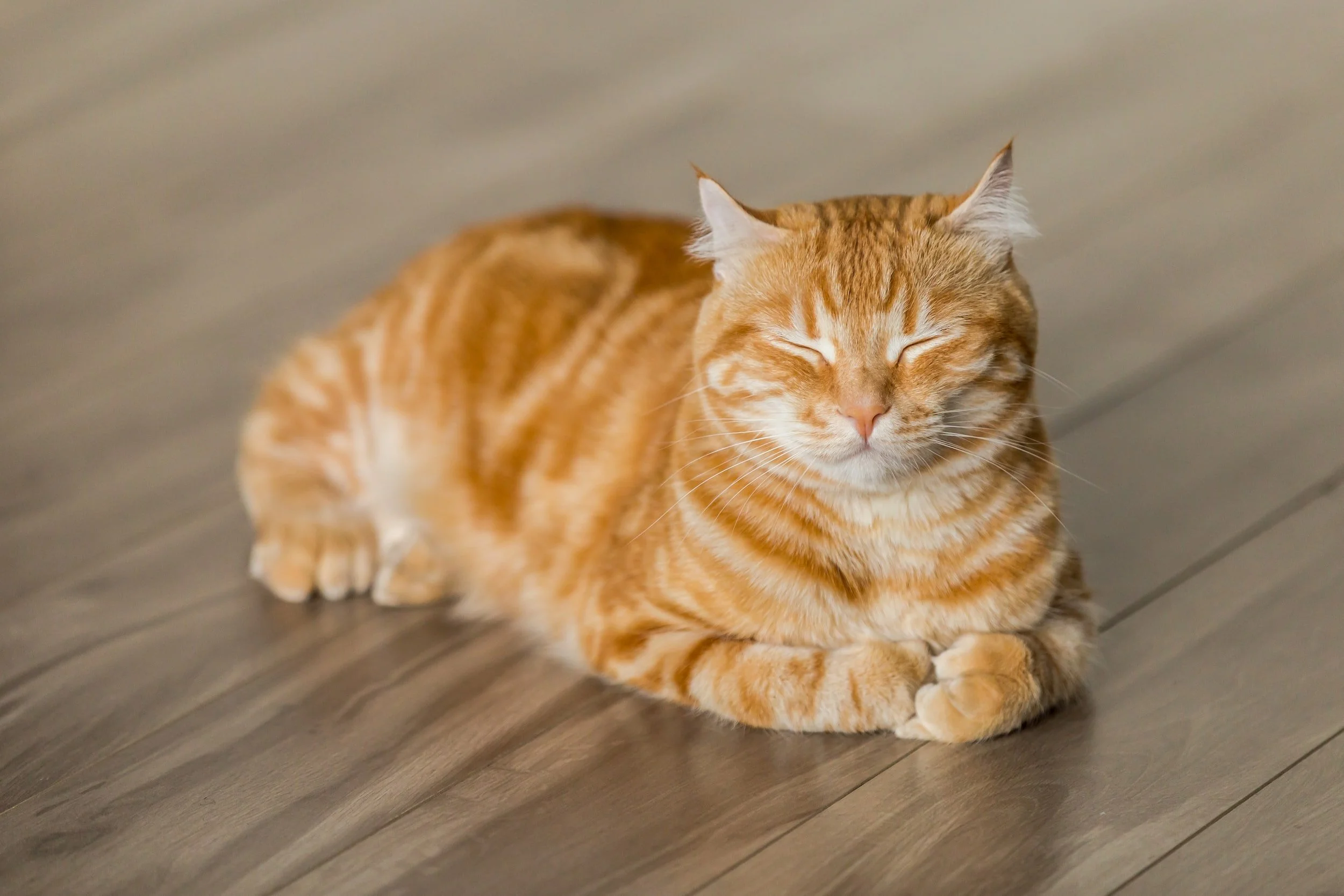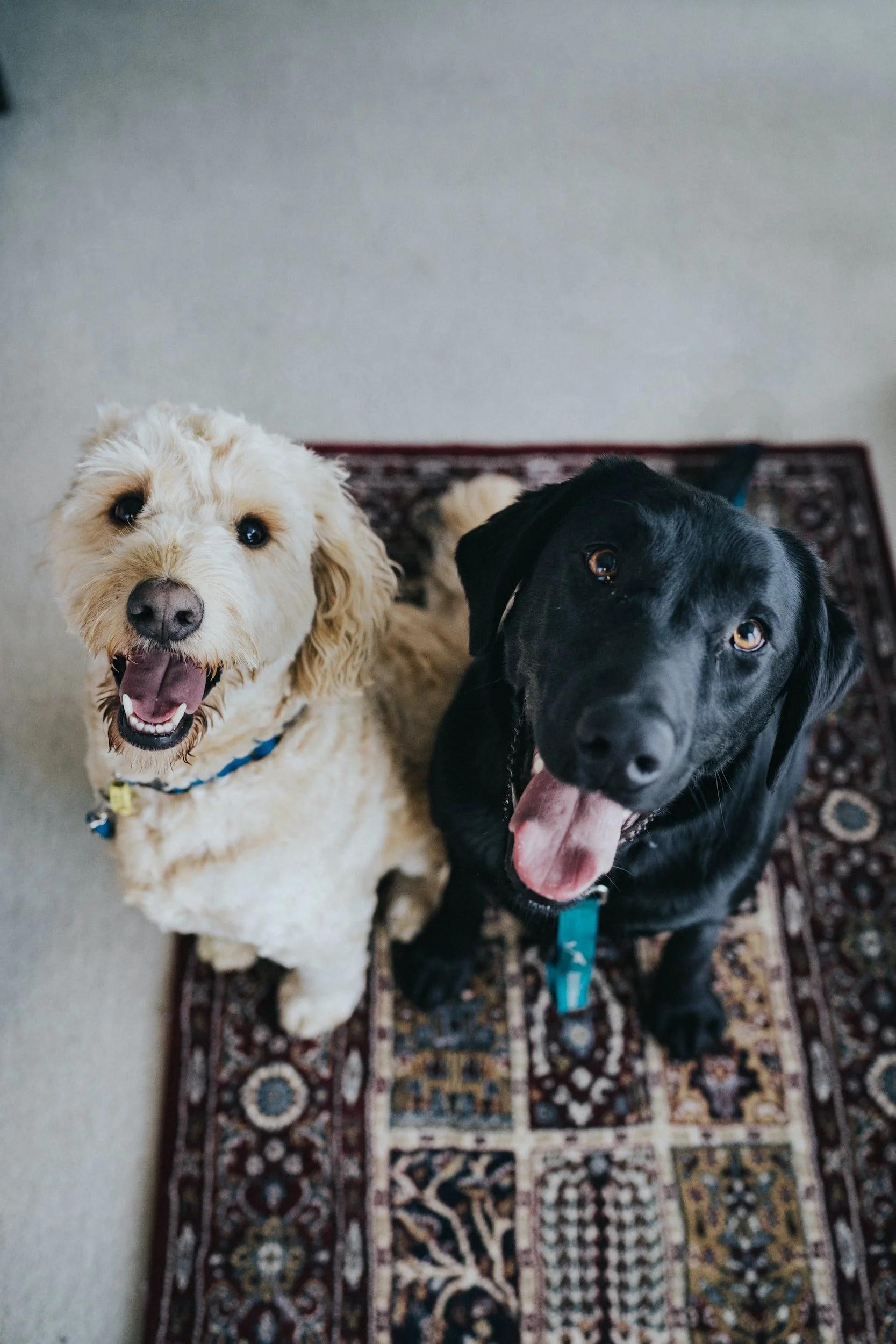Important to Know: I felt a lump on my pet, should I be worried?
Authored by James Horner
Finding a lump on your pet can be worrying for many owners. Some lumps are nothing to be concerned about, whilst others can be more sinister. It is this unknown that makes us all concerned, so if you have a lump that worries you, please always have them checked out. In this blog we outline some of the elements to look out for to help us determine if we need to intervene.
Quick read:
Lumps can form anywhere.
Measure lumps regularly to record their growth rate
Lumps on the inside of your pet must be investigated immediately
Red, itchy, hair-loss and rapid growth are all warnings signs
Small lumps are easier to remove and treat so early intervention is important
What is the lump on my pet?
Lumps can be almost anything, and can arise anywhere. The most common location for lumps that we get questioned, about are those that are felt, or visible, on your pet’s skin. Lumps that arise from your pet’s body will have an origin of tissue that could have begun to malfunction. Depending on which tissue, the lumps found will behave in very different ways.
There are certain locations of lumps that we would insist on seeing immediately if you notice them as they are more likely to need addressing sooner, rather than later:
Lumps that should be checked quickly
Lumps felt inside your pet’s tummy
Lumps near the eye
Lumps on the head
Lumps around the mouth, gums or lips
Lumps around the bottom or tail
If you’re concerned about a lump on your cat or dog you can book an appointment here.
When should I worry about my pet’s lump?
Some lumps are “nice” lumps, or benign. The most common lumps we see are skin tag growths, warts, follicular cysts, and lipomas. Our concern relating to these lumps is dependent on where they are, and if they get infected.
Any lump felt inside your pet should be one to cause concern. Sadly, a lot of these are picked up following other signs that your pet is unwell.
Regarding skin lumps or growths, you should be more concerned is if the lump you are monitoring grows, if the lump loses any hair, if it gets itchy or red and inflamed. Whilst not all lumps that behave like this are cancerous, the changes suggest activity and this will need to be investigated and treated.
Any lump identified should be monitored. A good tip is to use a ruler and measure the mass on a weekly basis. Take a picture so you can then compare the rate of growth over time.
Is the lump cancerous?
It’s a question we are often asked. Some lumps are cancerous, whilst others may need further investigations to confirm. If the lump, or your pet, has any of these characteristics then we need to perform further investigations:
Is the lump growing quickly?
Is the lump losing hair?
Is the lump itchy or red?
Is the lump painful?
Is my pet losing weight?
If you’re concerned about a lump on your cat or dog you can book an appointment here.
How is it treated?
As with all good veterinary answers – it depends! Some lumps are left alone, notably the “nice” ones. Monitoring of masses over your pet’s life is very important as nice lumps can turn nasty at any point.
If we feel the lump needs intervention we will look to get as much information about the lump before committing to a curing treatment. This can involve
- Fine needle aspirate (We call these FNAs)
- Biopsy and histopathology (Lab analysis under a microscope)
- Cytology (Looking at just the cells – usually following an FNA)
- Blood tests (Checking the body’s response to the lump – hopefully all is healthy)
The more information we have about a lump, the more likely we will be able to advise on the best course of treatment. That being said, time is also a useful test, and should nothing change, we can gain confidence that the lump is nothing nasty.
Size Matters!
Whilst nasty lumps need to be treated from the outset, “nice” lumps can be more challenging to make decisions on. A lipoma may not be immediately dangerous, but they have been known to grow as large as the dog itself and seriously impact the pet’s mobility and quality of life!
Surgical considerations must also be brought into the decision making. Location of the lump makes a huge difference, but a rule of thumb is – a small lump is an easy lump, and an easy lump is a safer lump to remove!
What if the lump changes?
If the lump changes, even if considered benign, or “nice”, we need to review the assessment. Fatty masses can hide cancers, cysts can get infected, cells can change their behaviours. If there is any worry, removal and sending to the lab is always a wise course of action.
Conclusion
Lumps can form anywhere. Any lump on the inside of your pet needs to be investigated quickly to determine if we can intervene successfully. Lumps on the skin can be very variable in their nature. If you spot these skin lumps growing, losing hair, reddening, or becoming itchy, they should be investigated, and treatment discussed!
If you’re concerned about a lump on your cat or dog you can book an appointment here.




